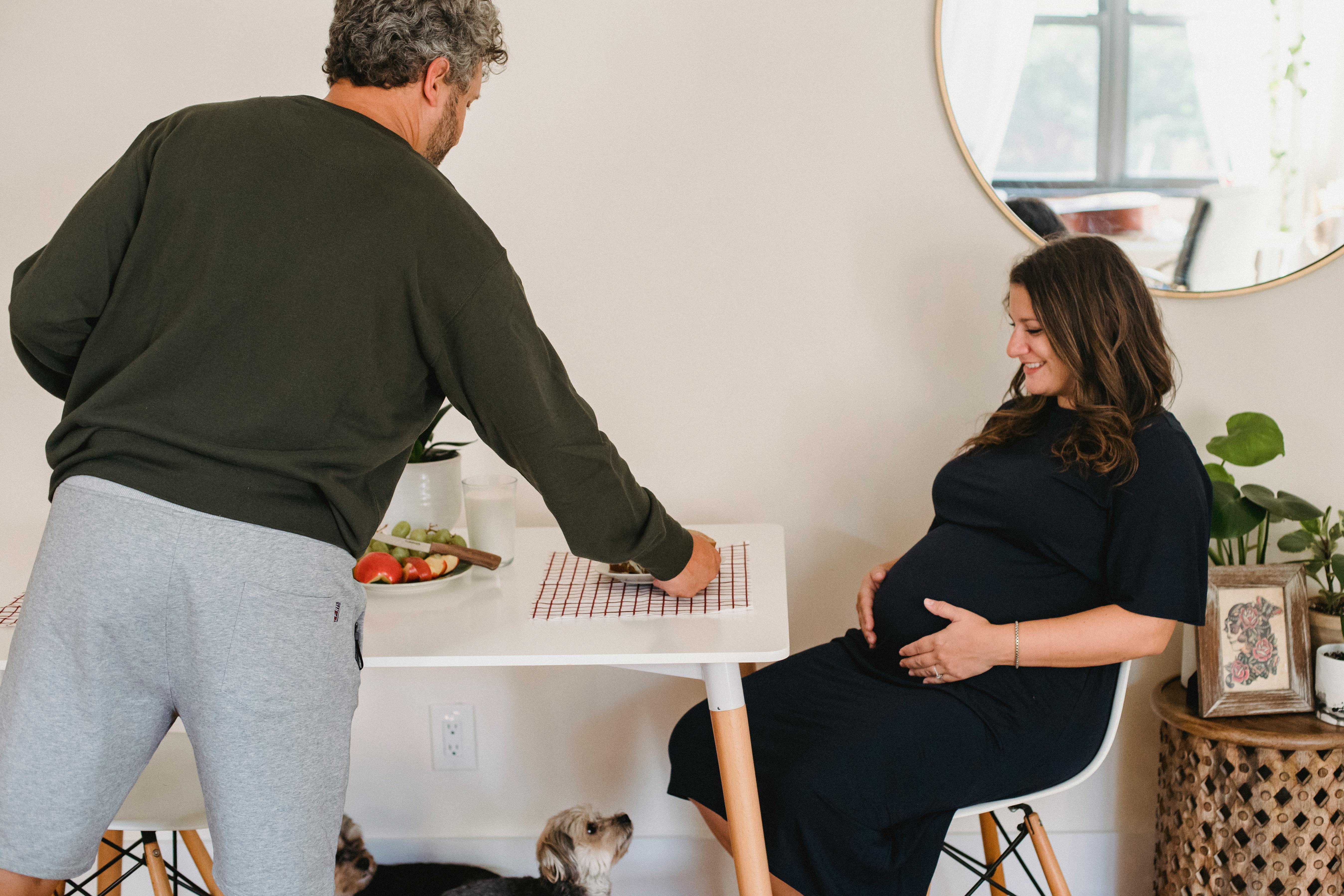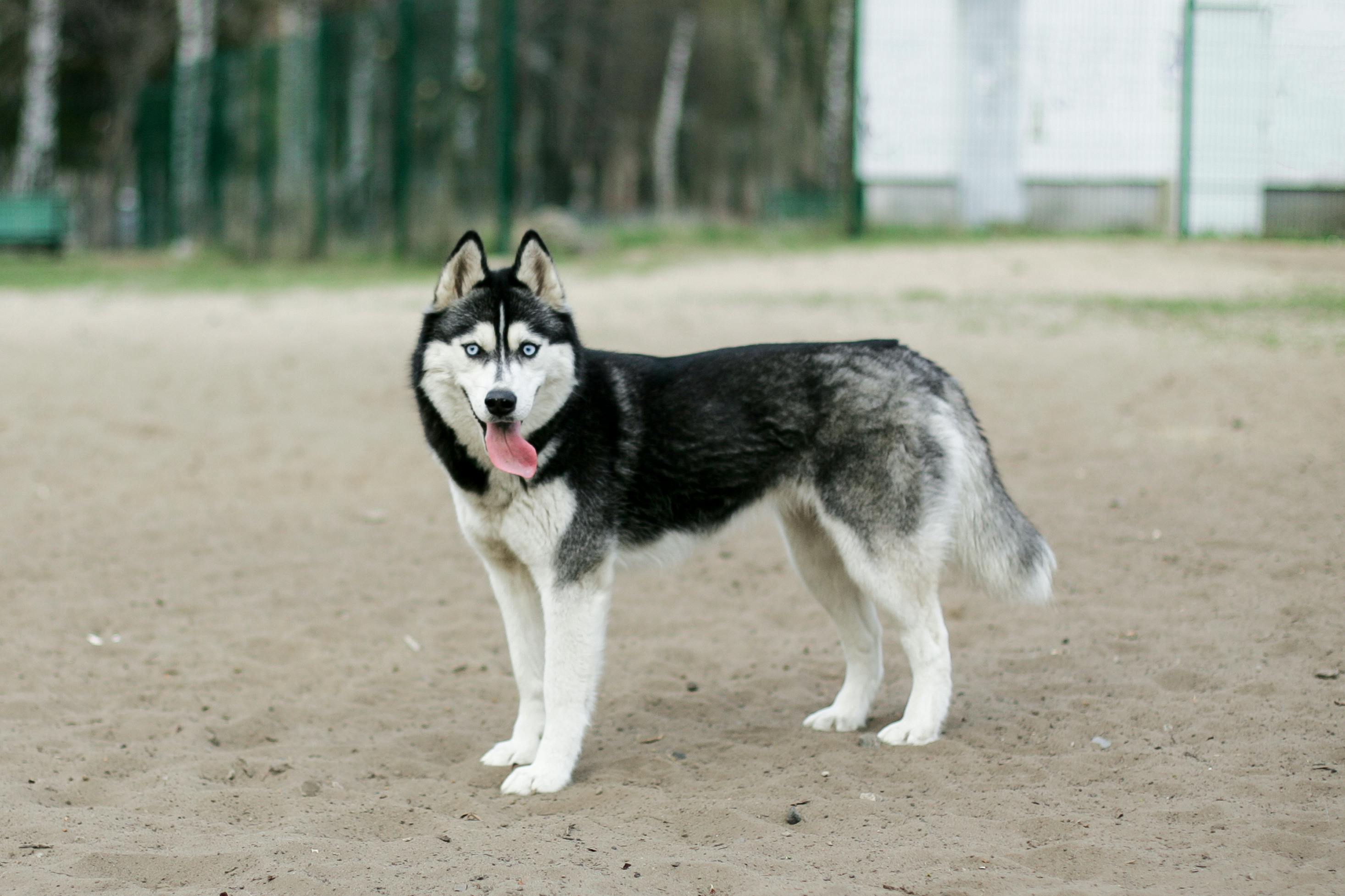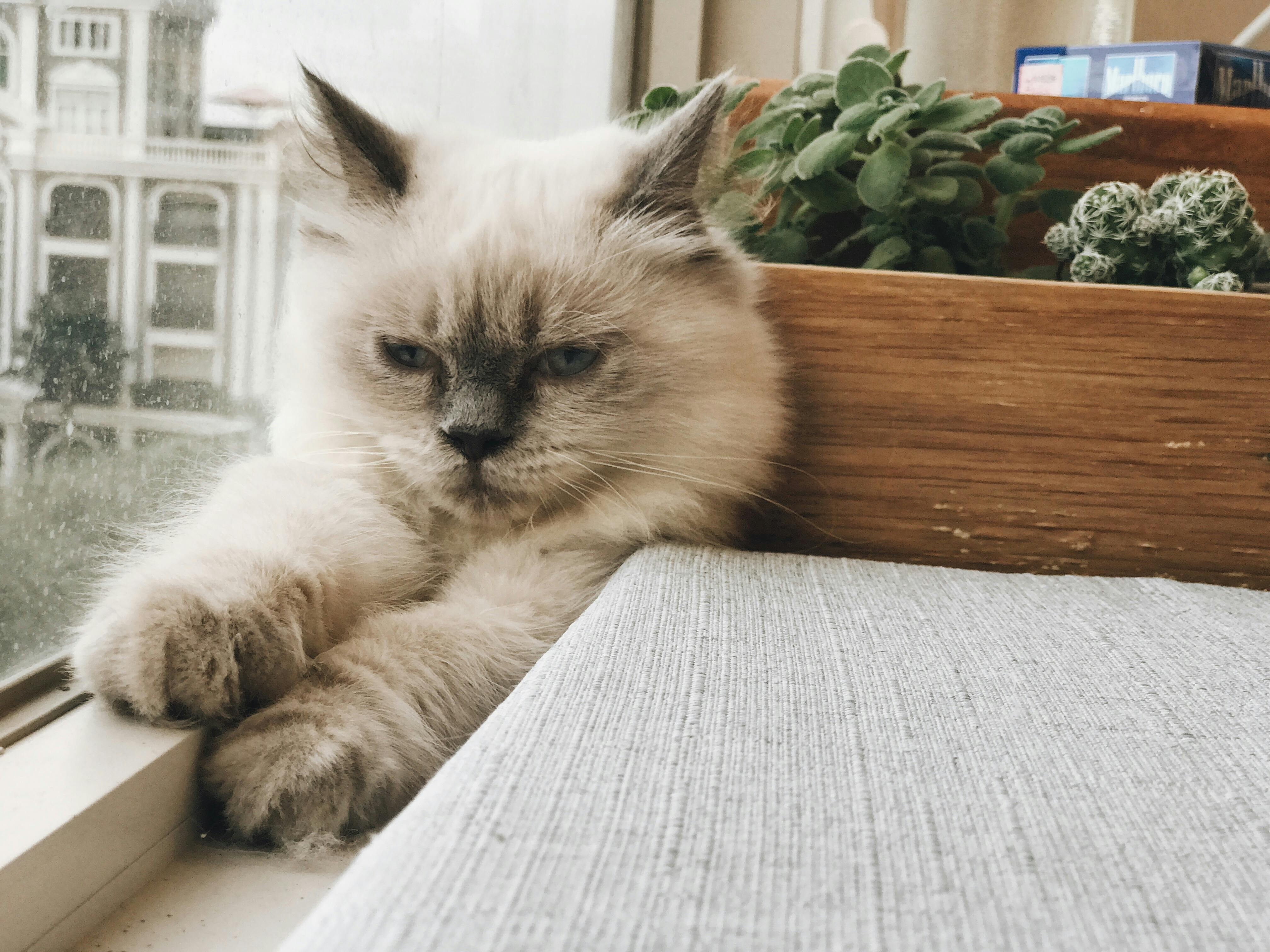
Kitty OCD: What to do about my cat’s compulsive habits
If you have a cat who can’t seem to control himself when it comes to kneading, sucking, and chewing on the nearest cloth, or if he can’t stop washing in a particular spot, he may have a compulsive behavior.
Compulsive behavior is helplessly repeating the same behavior over and over again. The behavior becomes obsessive to the point of causing health problems.
Root of the problem
Compulsive behavior can occur when the cat is stressed or anxious about something. The cat could be using these behaviors to substitute for some other activity that it wants to do, but cannot. If a cat has an overwhelming desire to go outside but is unable to do so, it may choose to chew on a blanket. This becomes a habit and eventually compulsive behavior.
Facts about cat compulsive disorder
- Cats that regularly eat foods other than food suffer from pica.
- Cats that chew hair, pull hair, or lick excessively suffer from psychogenic alopecia.
- More female cats suffer from psychogenic alopecia than males.
- Oriental breeds of cats such as Siamese are more susceptible to compulsive disorders.
- Indoor cats are more prone to compulsive behaviors than outdoor cats.
- The age at which cats usually show symptoms of these compulsive problems is less than two years.
- These compulsive behaviors can be triggered by drastic changes in the cat’s life. For instance; moving, adding new family members, new pets, or major construction around the home.
Is it really a compulsive disorder?
There are other medical problems that can cause these types of behaviors in cats in addition to compulsive disorder. For instance; A cat could have an allergic reaction to something or have a skin infection of some kind that requires constant grooming.
Also, a cat that eats a non-food item could be suffering from some type of vitamin deficiency. Always check with your vet before deciding that your cat has a compulsive disorder.
What is the cause of the problem?
If the problem is not due to medical problems, you should try to find out how it originated. There are several reasons why you may have started this compulsive behavior:
- The animal is upset that its home has changed in a major way.
- The cat misses someone who has passed away or is having trouble adjusting to a new family member.
- If there is a new pet in the house that your cat does not get along with.
- The cat may want to be outside.
- Lack of entertainment, exercise, and social interactions due to strict indoor living.
- A cat in the neighborhood that your cat can feel or see.
- They lack attention.
These problems are pretty straightforward. As such, the solutions are generally easy to implement.
How to deal with fabric consumption?
- Clearly, one of the easiest ways to deal with the problem is to keep items out of reach that you think the cat will like to chew on.
- Try a high-fiber, low-calorie diet to help keep your cat full. This can prevent you from wanting to chew all the time. Be sure to consult your vet before making a change in diet.
- Provide catnip or leafy greens for your cat to chew on. This is cost effective and will please your cat immensely.
- Provide other fabric items as acceptable substitutes for household fabrics. Make sure this is only done if the cat is not in the habit of eating the cloth, but only chewing on it.
- One sure way to help your cat lead a less stressful and more fulfilling life is to provide a more interactive environment. This includes playtime with you and lots of fun things to play around the house. A great idea for a toy is a paper bag with some coin-sized holes. Cats enjoy sticking their arms through the holes.
Although the problems may not be completely curable, being proactive in combating them will go a long way to helping you coexist with your overly compulsive pet.






